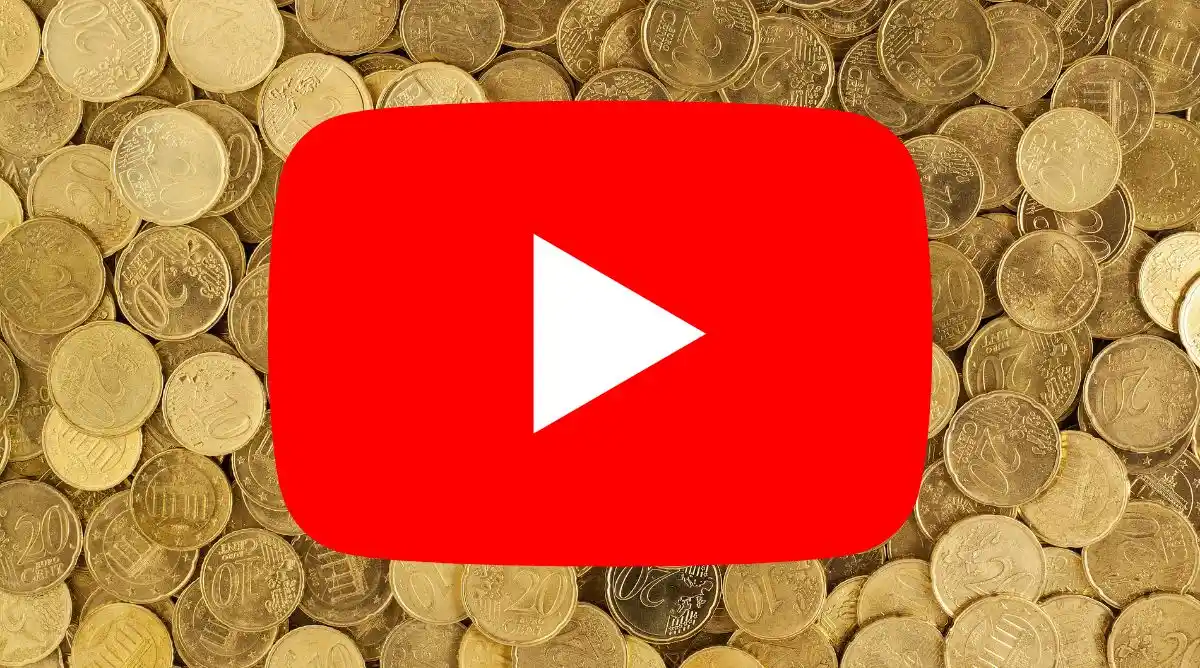Only These 8 Types of YouTubers Will Make Real Money in the Future

The threshold for becoming a YouTuber is very low, practically anyone can give it a shot. Additionally, it offers the kind of freedom many regular workers dream of—no clocking in, no boss to please, the freedom to travel whenever you want. If done well, a YouTube channel can provide a stable cash flow, leading to a pretty comfortable life.
Though it's not as easy to make money as it once was, the allure of being a YouTuber is still strong. The low barrier to entry means fierce competition, and not everyone will get a piece of the pie. Many who join the ranks of content creators won’t make enough waves—like gaining enough followers or views—to monetize their channels effectively. Some might see decent data, like tens or hundreds of thousands of followers and occasional viral videos, but their income might still fall short of a regular job's salary. After a couple of years, burning through their savings, they might leave the scene, left with just a hollow title of a social media influencer.
This discussion targets those treating YouTube as a serious business, not just a hobby. If it's a business, it must be sustainable, which means it needs to make money. Different fields have vastly different monetization potentials—even with the same number of followers, some fields can earn ten to a hundred times more than others.
Based on my personal experience and long-term observations, I believe the following eight types of YouTube channels are suitable for long-term operation. Let’s go through them one by one:
- Top-Tier and Cost-Controlled Channels
- Channels that consistently rank at the top in terms of followers and average views per video.
- Cost control is crucial. Many top-tier YouTubers, upon reaching a certain scale, might expand their team excessively or rent luxurious office spaces, which can backfire if revenue doesn’t meet expectations.
- High Monetization Fields
- Even small channels in certain fields can make good money because brands are willing to invest heavily in KOL (Key Opinion Leaders) marketing.
- For example, tech review channels with less than 500,000 followers might not see a decline in sponsorships even in lean times because the field itself is lucrative.
- Merchandise-Friendly Channels
- Channels that can easily convert traffic into sales, such as pet-related content where viewers are likely pet owners and willing to spend on pet food, toys, and accessories.
- Some pet influencers run successful e-commerce businesses selling pet-related products.
- Value-Added Content Channels
- Channels that can sell premium content, courses, or memberships.
- Suitable fields include skills training, career advancement, financial advice, and hobbies.
- Live Streaming Channels
- Channels that rely on frequent live streaming to generate income through viewer donations and tips.
- Key is to have engaging live content, whether it's through personality, talent, or interactive entertainment.
- High-Frequency, Consistent Channels
- Channels that can update daily with stable viewership, often in lifestyle or daily vlog niches.
- These channels can rely on platform incentives and ad revenue, despite lower per-video income.
- Multi-Platform Channels
- Creators who publish across multiple platforms to diversify income streams.
- For example, a YouTuber might also post on TikTok, Bilibili, or other platforms, increasing their revenue opportunities and reducing dependency on a single platform.
- Channels with Offline Monetization Potential
- Channels that can extend their influence to offline activities, such as photography channels getting more photoshoot gigs or dance channels receiving performance invitations.
- Some channels might also use their online presence to drive traffic to existing offline businesses.
In summary, while the landscape of YouTube and social media is competitive, focusing on high-potential fields, controlling costs, and diversifying monetization strategies can lead to long-term success.



